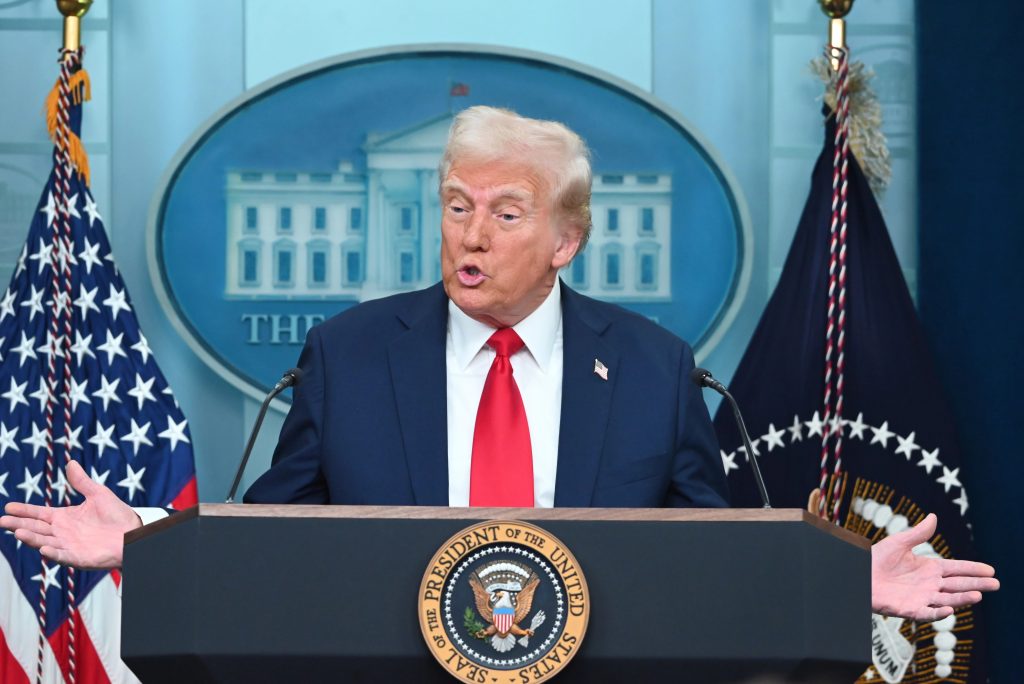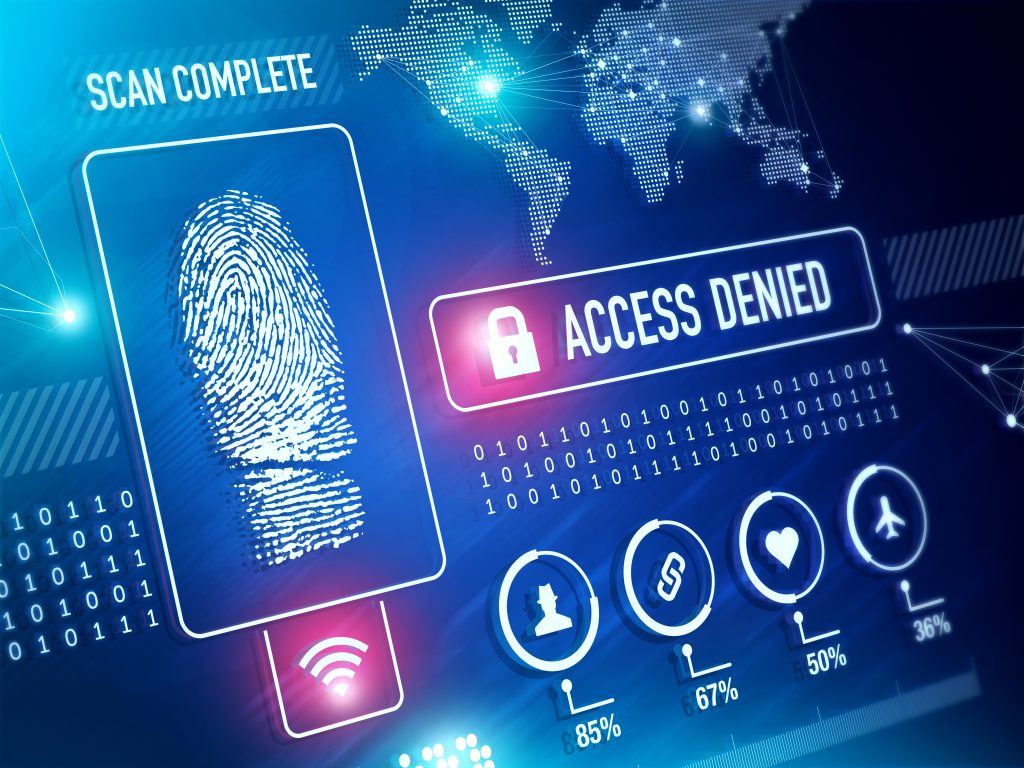
It started with a query at a press event and a typically direct reply. When inquired regarding rumors that Russia was partially responsible for a hack of the U.S. federal court system’s electronic records, Donald Trump said, “I guess I could. Are you surprised, you know? They hack in, that’s what they do. They’re good at it, we’re good at it.” We’re actually better at it. His casual tone was in sharp contrast with the consternation spreading through the judiciary and national security communities.

1. The Breach That Hit the Heart of the Judiciary
The U.S. Courts Administrative Office verified “sophisticated, repeated cyberattacks” on its Case Management/Electronic Case Files (CM/ECF) system. Public access is allowed for most filings, but the breach was aimed at sealed documents files with confidential business information, sealed criminal cases, and even details of confidential informants. The New York Times reported that certain searches focused on criminal cases in New York and other locales with defendants who had Russian and Eastern European surnames.

2. Evidence of Russian Involvement
Several individuals privy to the investigation informed reporters that Russia is “partly to blame” for the breach. The tactics have similarities with the 2020 hack that also targeted CM/ECF, when Russian actors purportedly made off with source code belonging to at least three federal district courts. One individual with knowledge called the most recent breach blunt: “It was like taking candy from a baby for these guys.”

3. What Was at Stake
The breached information could have included sealed arrest warrants, witness information, and information from active criminal investigations. Judicial authorities worry that Latin American drug cartels and other criminal organizations would take advantage of such data, endangering people’s lives. Politico stated that the hacked information can also include indictments and other filings that may never have come to light.

4. Systemic Weaknesses
The decentralized nature of the CM/ECF system more than 200 locally administered versions has made security complex for years. “There isn’t a single CM/ECF, there’s more than 200 due to local courts making local changes,” said a retired U.S. judge. This organization precludes a single national roll-out of a security patch, resulting in uneven protection across jurisdictions.

5. Steps Toward Recovery
Retaliating, courts have instituted multi-factor authentication, banned the uploading of certain sealed documents onto PACER, and in a few instances gone back to pen-and-paper for the most sensitive submissions. The Administrative Office indicated it is “improving security of the system and to prevent future attacks” and cooperating closely with law enforcement, cybersecurity agencies, and Congress. Judge Michael Scudder, who chairs the Committee on Information Technology, has stated under oath that CM/ECF and PACER are “unsustainable due to cyber risks” and described plans for a full system revamp.

6. A Pattern of Global Cyber Tensions
This intrusion is one of a broader world of state-funded cyber operations remaking geopolitics. Over the last year alone, Russian hackers have attacked NATO defense ministries, Ukrainian infrastructure, and even Romanian election systems. These efforts frequently seek to pilfer sensitive information, paralyze essential services, and erode public confidence in institutions.

7. The Trust Factor
High-profile leaks like this one don’t only endanger data they rattle public faith in the government to safeguard it. Cybersecurity professionals observe that transparency regarding what occurred and how it’s being repaired is necessary to restore confidence. As ex-White House cybersecurity lead Anne Neuberger said: “This should be a call to action for federal judges to quickly enhance the cybersecurity of court systems.”

8. The Human Impact
For individuals listed in sealed cases particularly witnesses and informants the violation isn’t some esoteric policy concern. It’s a real threat to safety. Courts are now putting affected persons at the top of their risk assessment priorities, a reminder that cybersecurity failures have intensely personal repercussions.

9. Looking Ahead
While the courts have inserted “substantial cybersecurity protections and safeguards” over the past few years, the threat actors are adapting at least as fast. The incident highlights the necessity for ongoing adaptation, improved coordination across decentralized systems, and a cultural change that considers cybersecurity a fundamental part of justice itself.


